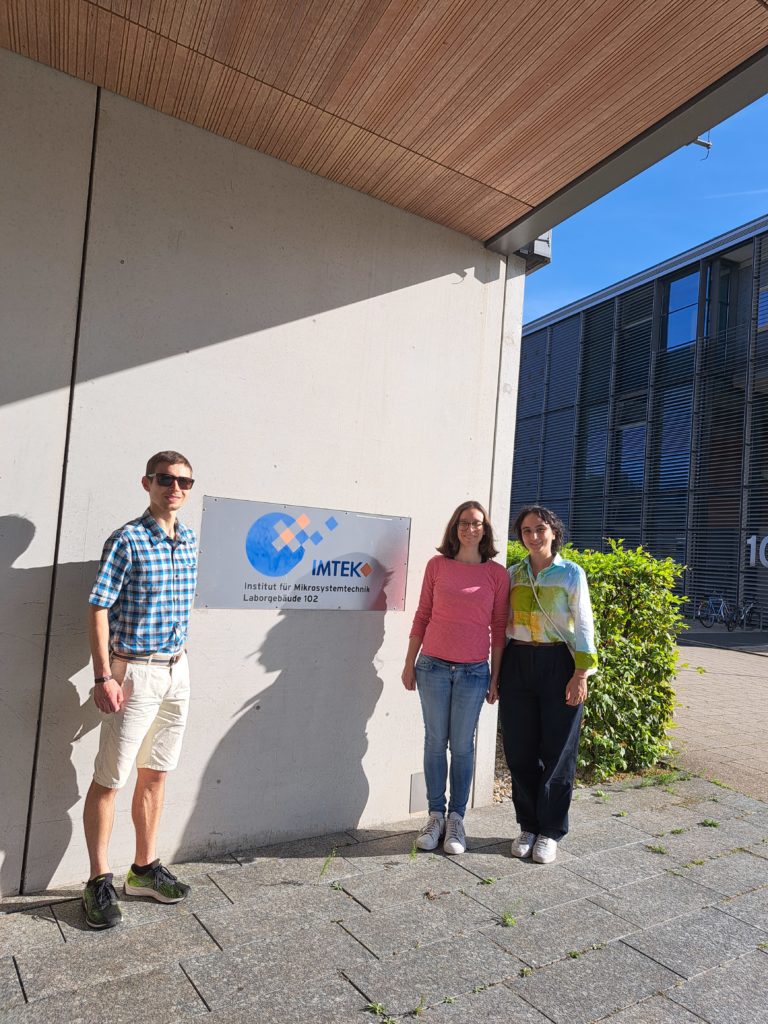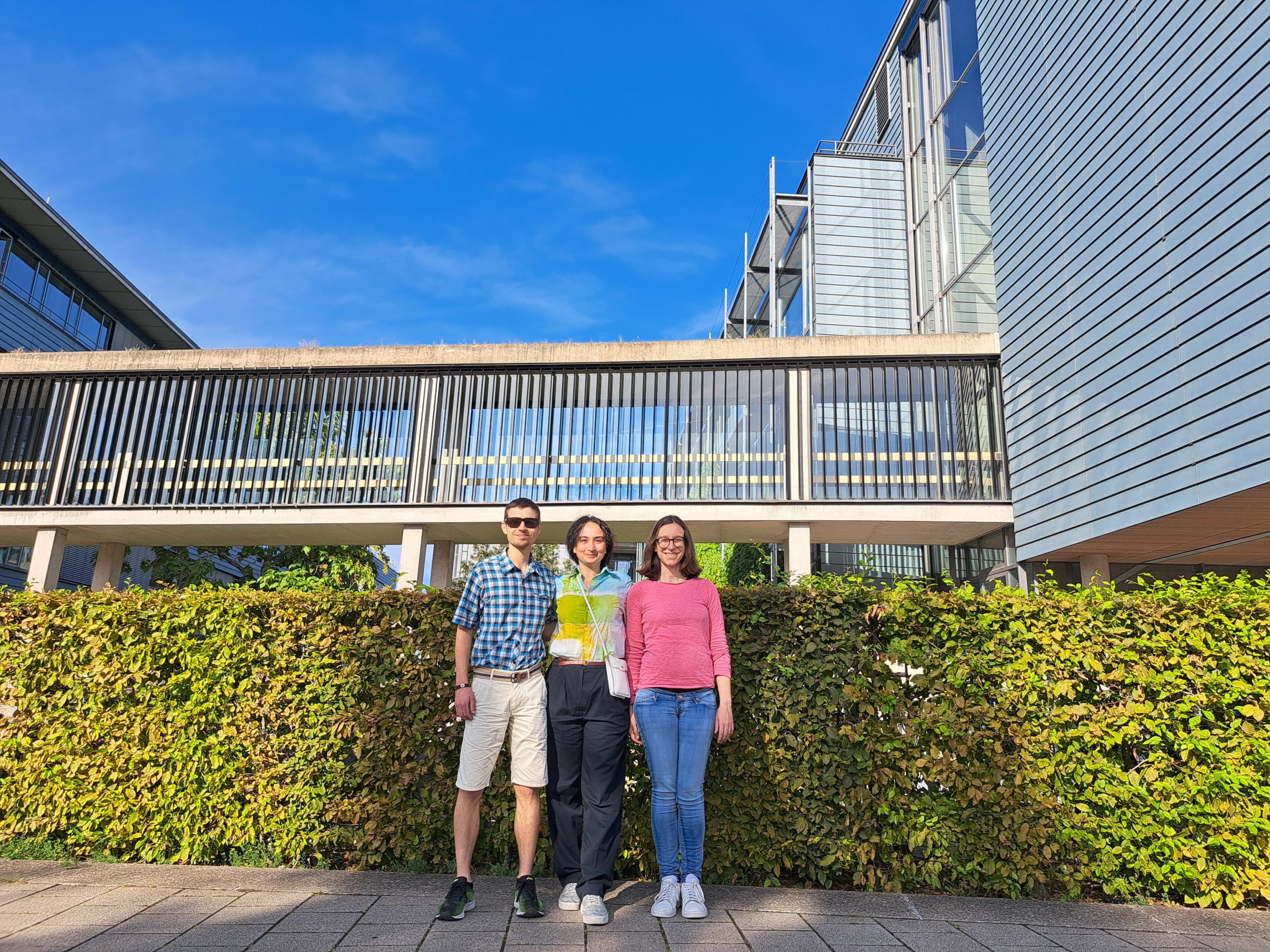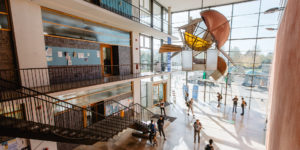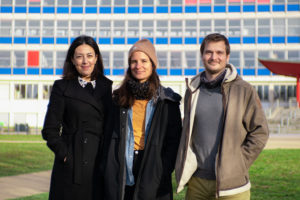
“We expect that the sensor we develop will be able to detect the pest early enough for us to deploy sustainable measures to protect yields, benefiting human health, the environment and farmers.”
The EPICluster group, on the potential outcomes of the project.
In a few words – what is your project about?
The overall aim of the project is to provide alternative methods to chemical insecticides to control the Tomato leafminer. This pest causes significant damage to tomato and other familial crops in Europe and its spread is favoured by climate change. To meet the European Green Deal target of reducing pesticide use by 50 % by 2030, while avoiding economic losses, we believe the use of beneficial insects is a promising way forward. However, their use depends on efficient early detection of pests. That is why the CoCon Tomato project aims to improve pest monitoring through sensor systems. Moreover, we also want to ensure that these systems are adapted to the reality of the different farmers, so we have carried out a participatory research to identify their needs concerning the Tomato leafminer and the use of monitoring tools.
How did you come together as a team?
We first met during the second EPICamp “Sustainability, material use, climate justice” in the autumn of 2021, which focused on bringing together ECRs from complementary research areas. This event marked the beginning of many discussions on ways we could collaborate and develop a joint research concept. We continued to collaborate and participated in the previous stage of the EPICUR path to research, the EPICradles, hosted by UFR, which eventually lead to our involvement in the EPIClusters.
How do you work together?
We can distinguish three different tasks, in which each of us brings in his or her own expertise. The first involves studying the plant, its response to infestations and interactions with beneficial insects, leveraging Eleni’s expertise. The second is the development of sensor systems, thanks to Laura’s expertise. The third is to consider the farmers’ needs, constraints and perceptions, thanks to Gaël’s expertise. Then, there is the need to coordinate the whole enterprise, to keep each member of the group informed of the progress of the others, and to discuss how these three tasks can be better integrated into a coherent work plan.
How does transversal and interdisciplinary collaboration work for you?
Reaching our goal of developing a novel sensor system for pest identification with and for farmers depended on the unique expertise that each of us brought to the table. Throughout our collaboration, we discussed diverse concepts that were new to the other members and really benefited from this exchange of expertise.
For us, the interdisciplinary work was very interesting, as it required us to look more deeplyinto the project, exploring the interconnections and the different dimensions. We believe this approach is really the most effective way to contribute to the transformation of farming systems. It was very engaging because it was not necessarily natural to share concepts that were completely new to us. We had to remain open to perspectives that were different from our own.
What results do you expect?
We expect that the sensor we develop will be able to detect the pest early enough for us to deploy sustainable measures to protect yields, benefiting human health, the environment and farmers.
We expect that interviewing farmers and gaining their insight will help in the design of the pest-monitoring sensor and ensure its fair use by farmers.
What are the next steps for the future? // How would you sum up the EPICluster project?
We are eager to continue our collaboration and have already taken steps towards future projects. We submitted a proposal to a Horizon Europe call with a consortium we formed and are currently targeting a second call. We plan to carry on with the trials for the development of the sensor system.
How would you sum up the EPICluster project?
For us, an EPICluster is: A great opportunity to engage in an interdisciplinary research project for ECRs and a refreshing dip into interdisciplinary research, in a team of like-minded, ambitious ECRs.
Photos © Laura Comella




